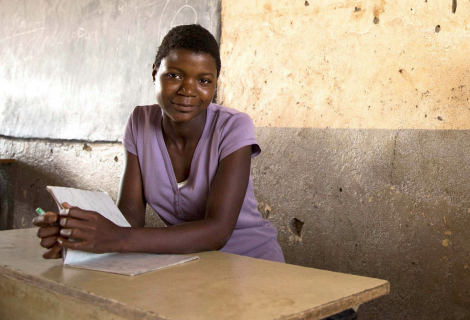
Making tax work for girls’ education
How and why governments can reduce tax incentives to invest more in girls’ education
Globally, there are 264 million primary and secondary age children and youth out of school. More girls than boys currently receive no primary education and many pupils in school in developing countries receive a poor education due to a lack of resources.
The Global Partnership for Education requires developing countries to maintain or increase budget spending on education towards a benchmark of 20%. ActionAid believes government spending on education should be linked to the size of the domestic tax base in order to ensure steady and sustainable funding for education systems.
A 2018 report by ActionAid in four countries shows that governments are giving away vast sums of what the IMF calls 'harmful tax incentives', mainly to corporations, while girls lose a fundamental right and economies lose in the long term because investing in girls’ education in particular yields dramatic economic returns.
Evidence collected in Malawi, Mozambique, Nepal and Tanzania shows that the cost of educating girls is miniscule compared to government 'tax expenditures' and that if a fraction of these sums were allocated to education, all girls and boys could have access to quality public education.